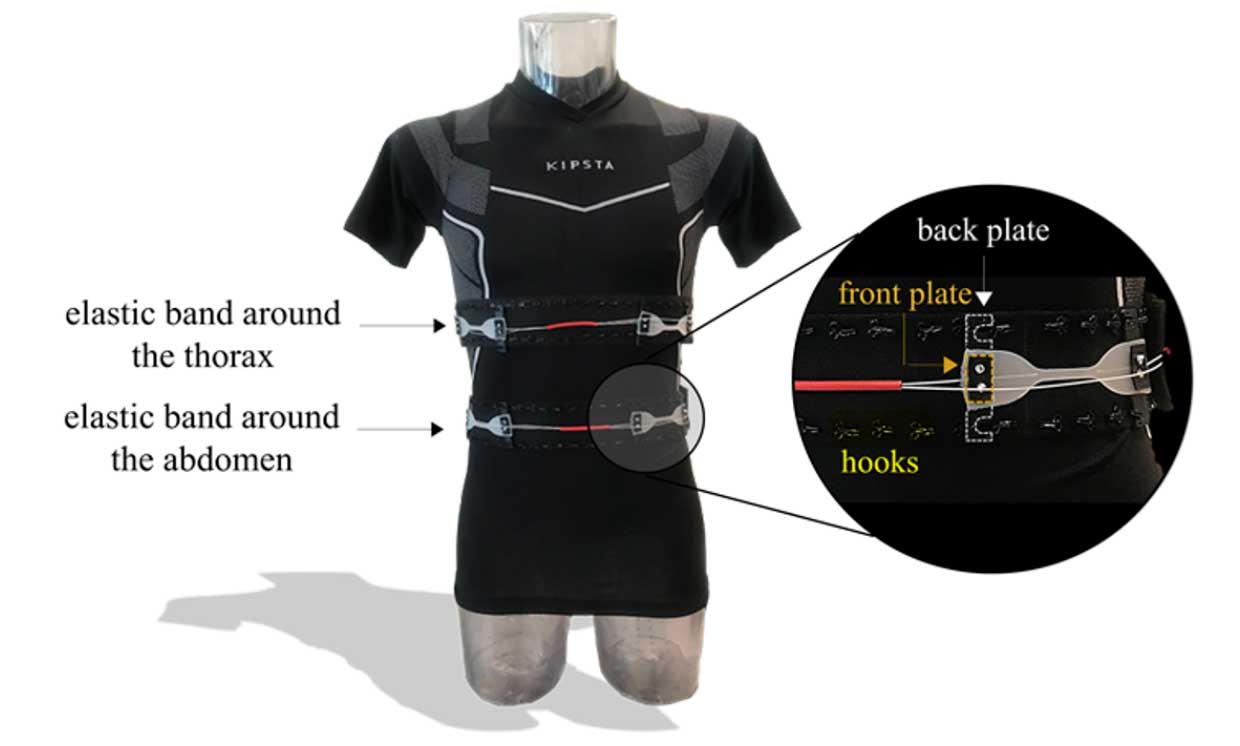
There are many known cases when excessive fatigue of an industrial worker caused an accident, injury and even led to a catastrophe of significant proportions. Many experts believe that the series of explosions at the Texas refinery in 2005, the nuclear accident at the Chernobyl Nuclear Power Plant and the Three Mile Island nuclear power plant accident were partly triggered by employee fatigue.
Considering the potential dangerous consequences of physical exhaustion, a lot of research is currently focused on the development of a compact device for recording the physical data of workers: heart rate, respiratory rate, sweating and muscle contraction.
A group of Italian researchers have taken up this problem seriously. They presented the development of a portable device that is capable of unobtrusively measuring the user's breathing rate, which can be one of the key indicators of the degree of mental stress and fatigue. By measuring the breathing rate, one can also draw conclusions about whether a person is under stressful conditions, such as excessive cold, heat, hypoxia, pain and discomfort.

A group of "Italian scientists".
"We believe that monitoring the physiological state of workers during the work process can be critical in preventing industrial accidents and improving the quality of work and worker safety." - says Daniela Lo Presti, one of the developers of the device.
How it works
The device is a sensory system that includes two elastic bands, one of which is worn just below the chest, and the other around the abdomen. The flexible straps, made from soft silicone matrix and fiber optic, fit snugly against the user's chest while breathing. These sensors work as optical strain gauges (they record deviations arising from various deformation of objects). When a person breathes in, the diaphragm rises and the abdomen is pulled in, so the flexible sensor located on the chest stretches. Conversely, during exhalation, the chest shrinks, the stomach returns to its normal position, and the chest transducer contracts.

The sensors were tested on 10 volunteers who performed tasks that simulate real working conditions, incl. squats, lateral arm movements and lifting objects from the ground. The results were promising and showed that flexible sensors can reliably estimate respiration rate, providing measurements similar to those of standard respiration monitors. The researchers also found that their sensor can be deformed up to 2.5% of its original length.
The design has several strengths, including the fit of the sensor to the user's body. However, currently the sensor system must be connected to a bulky fiber-optic signal processing device. Other research groups are working to make these devices smaller and cheaper. "As soon as high-capacity and small pipettes are available, we will move our technology to a more compact, portable system that can be easily used in the real world."
List of references:
- Tocco JD et al. A wearable system based on flexible sensors for unobtrusive respiratory monitoring in occupational settings // IEEE Sensors Journal. 2020. [Electronic resource]. URL: ieeexplore.ieee.org/document/9250546
- Flexible, Wearable Sensors Detect Workers' Fatigue [Electronic resource]. URL: spectrum.ieee.org/tech-talk/biomedical/devices/flexible-wearable-sensors-detect-workers-fatigue